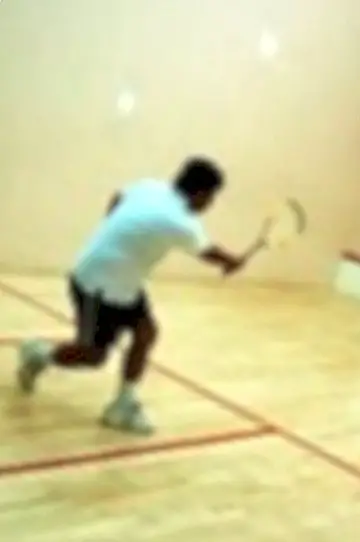Low tension (hypotension): what it is, symptoms, causes and advice
The low blood pressure or hypotension, As it is known in medical terms, it is nothing more than the weak pumping of blood flow to the heart, brain and other parts of the body.
According to specialists, blood pressure should be measured by two readings, based on systolic and diastolic blood pressure.

The systolic is the highest value that yields the result, while the lowest is the diastolic value. For example, a normal value is between 90/60 mmHg and 120/80 mmHg (millimeters of mercury), if these levels are lower than the first number (90/60): you have the low tension.
Blood pressure can be measured by a doctor, nurse or third using a digital or manual device known as a blood pressure monitor.
But what are the symptoms that you have high blood pressure What can help you know if you have this condition? We will explain them one by one so you can identify it. Although, you must take into account that each person has a different organism and that each person can process this condition in a peculiar way. Specialists emphasize that young people and women during pregnancy may be prone to lower stress levels.
Now, pay attention and if you suffer from some of these symptom, act immediately and consult with internists or cardiologists.
Symptoms that alert you that you have low blood pressure
One of the most persistent signs is the fading or loss of strength because the pressure is low and this leads to the blood not feeding all the organs with the necessary flow. For example, the brain is severely affected and does not coordinate the messages to body parts, causing weakness.
Fatigue is another of the signals that are notorious. Exhaustion and fatigue will not allow you to carry out activities that people who suffer from it regularly do.
Dizziness occurs on many occasions, causing lack of balance and disorientation. Dizziness occurs when the affected person changes his body position abruptly, for example, getting up quickly after having been lying down for a prolonged period. It can also occur when you lower your head or bend over.

But beware, dizziness should not be confused with vertigo, since it is characterized by generating a sensation of rotating movement of the body or the objects that surround it.
Some of the patients who suffer from low blood pressure tend to suffer from fainting and, therefore, they are recommended to be careful when feeling that this lapse may occur, because they could be injured if they do not feel, recline or are cared for.
Hypotension can also cause severe headaches or headache as a result of poor blood flow in the body and as a result affect the eyes, sometimes can cloud and create a kind of blurred vision.
The difficulty of breathing and tachycardia (when the heart beats faster than normal) may be one of the most distressing signals presented by those affected. The advisable in these situations is not to panic and keep calm.
Vomiting, excessive sweating (sometimes causes chills) and pale skin are some of the most visible symptoms of hypotension. Presenting these symptoms simultaneously can be much more annoying for the sufferer.
Symptoms of low blood pressure, in summary:
- Fatigue, dizziness (accompanied by lack of balance and disorientation), fainting, severe headaches or headaches, difficulty breathing, vomiting, excessive sweating, pale skin and tachycardia.
Causes of low tension
Heart diseases such as insufficiencies or arrhythmias can be the main cause of low blood pressure. It can also occur by receiving strong emotions.
Injuries and burns can cause a decrease in the volume of blood in the body, causing the blood pressure to drop.

Useful recommendations that will help you
Given the annoying symptoms of low blood pressure, we will leave you some recommendations to avoid going through these hypotensive crises.
Avoid spending a lot of time in an awkward position, either standing or sitting. If you do, try to alternate them and change them slowly so as not to cause dizziness.
Stay hydrated on hot days or while doing activities in which you exercise a lot of strength and endurance. Take 2 to 3 liters of liquid every 24 hours.
Try to keep a diet that includes proteins in the main dishes and avoid alcoholic beverages. This can help regularize blood pressure. This article is published for informational purposes only. It can not and should not replace the consultation with a Physician.We advise you to consult your Trusted Doctor.


